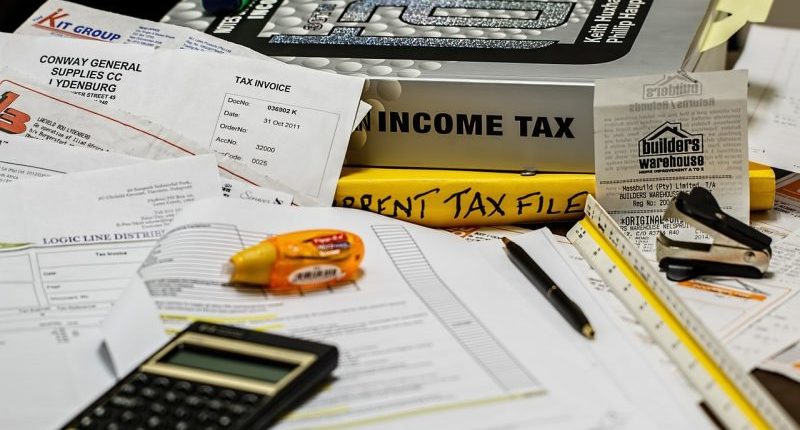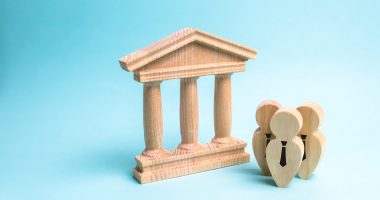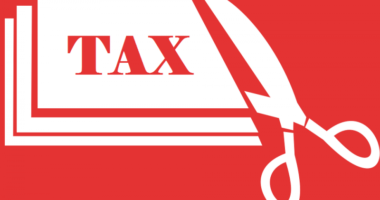Irrespective of the provisions, tax reliefs, and exemptions offered by the government, there are taxpayers who try to skip the hassle of tax payment. There are others who mislead the department with fake calculations and receipts to skip tax payment.
When a mismatch is figured out during scrutiny or assessment, the Central Board of Indirect Taxes (CBIT) may take legal actions calling for litigation. Until 31 June 2016, a total of Rs.3.75 lakh crore is locked up in service tax and excise duty litigation.
How do we handle the situation?
There are about 1.30 lakh legacy cases of service tax to be settled to get access to the locked-up Rs.2.5 lakh crore. As an effort to resolve this situation, the government has announced a new programme ‘Sabka Vishwas (Legacy Dispute Resolution) Scheme, 2019’ during the Budget announcement on 5 July 2019.
Prior to the Sabka Vishwas Scheme, the government had introduced the Service Tax Voluntary Compliance Encouragement Scheme (VCES) in Budget 2013. It gave an opportunity to service tax defaulters to pay the dues. This was a one-time opportunity to pay the tax due for the period from 1 October 2007 to 31 December 2012.
What does the new resolution plan suggest?
The plan is an advancement of the previous schemes under direct and indirect taxes. It waives off the interest and penalty on excise and service taxes that are locked up in litigation at various levels. These businesses will not have to face prosecution under the scheme.
A relief ranging from 40%-70% of the tax due can be expected based on the amount involved. However, there are a few conditions one must satisfy to get the relief:
Also Read: Government investigates IT returns and GST claims discrepancies
1. Show Cause Notice/Appeal: The resultant tax dues arise due to a show-cause notice or an appeal arising and is pending as of 30 June 2019.
| Amount of duty within Rs.50 lakh | Amount of duty above Rs.50 lakh |
| 70% of the tax due | 50% of the tax due |
2. Enquiry, Investigation, or Audit: The tax due may arise from an enquiry, investigation, or audit, and the amount is calculated and intimated by CBIT on or before 30 June 2019.
| Amount of duty within Rs.50 lakh | Amount of duty above Rs.50 lakh |
| 70% of the tax due | 50% of the tax due |
3. Arrears: This case arises when the tax due is an amount in arrears on the finality of proceedings or the tax due is an amount shown in returns but was not paid.
| Amount of duty within Rs.50 lakh | Amount of duty above Rs.50 lakh |
| 60% of the tax due | 40% of the tax due |
How does it operate?
Summarising the above factors, the plan operates based on the following three factors:
- Quantum of tax due.
- Stage of proceedings and investigation.
- Proportionate relief.
Who is eligible for the resolution?
Though there is no mention of who is eligible, the following people are not eligible:
- A taxpayer who has received a show-cause notice under the indirect tax enactment cannot avail the relief under the scheme if the final hearing has already taken place by 30 June 2019.
- A taxpayer who has filed an appeal at the appellate forum and the final hearing took place before 30 June 2019.
- A taxpayer who is convicted for an offence punishable under an indirect tax law; he/she might be planning to file a declaration for the same.
- A taxpayer who has applied before the Settlement Commission.
- A taxpayer who has made a voluntary disclosure under certain circumstances.
- Excisable goods under the fourth schedule of CEA, 1944.
- A taxpayer who has been investigated/enquired/audited and the amount of tax payable is not stated on or before 30 June 2019.
- A taxpayer who has received a show-cause notice for an erroneous refund.
- A taxpayer who has made a voluntary disclosure after an enquiry/investigation/audit and after filing returns. A sum may be indicated as payable but isn’t paid yet.
Taxpayers must make use of the scheme and resolve the cases. If the taxpayers respond to the scheme proposal, CBIT can claim the pending revenue and achieve the revenue target set for the financial year. It can bring about a positive effect on the economy and stimulate a reduction in other tax rates.





